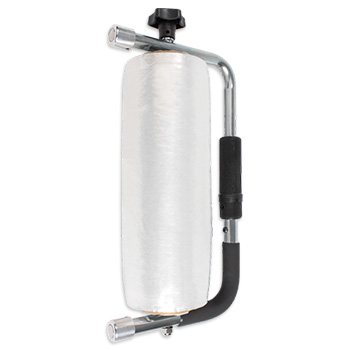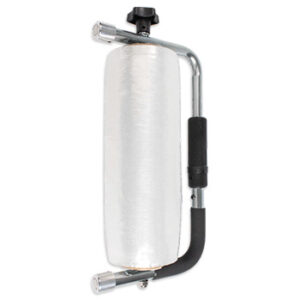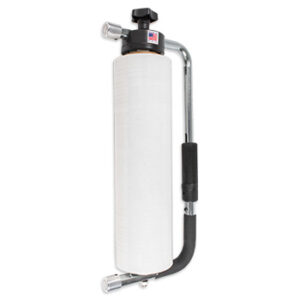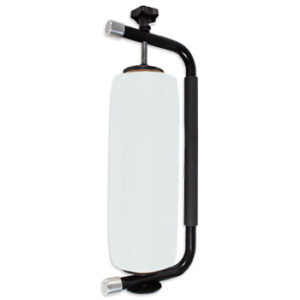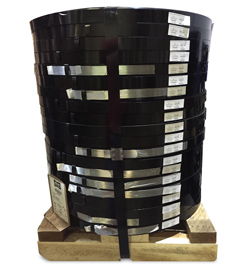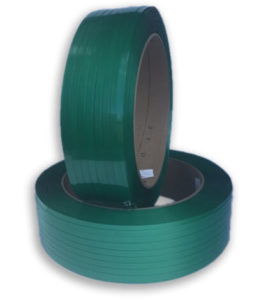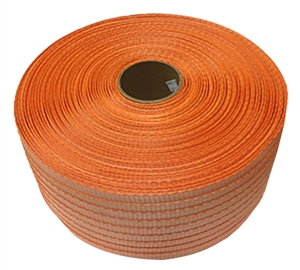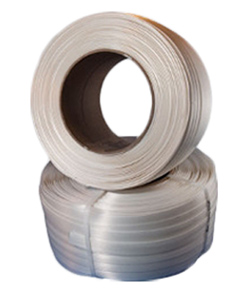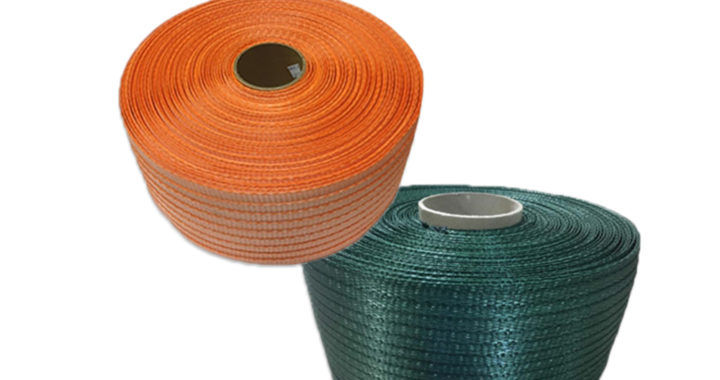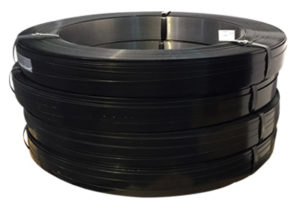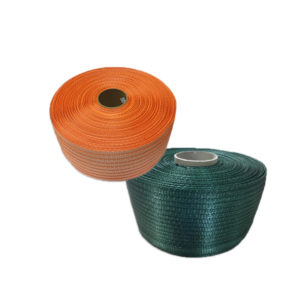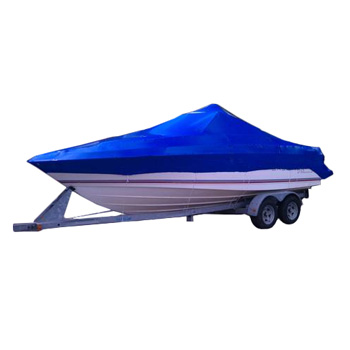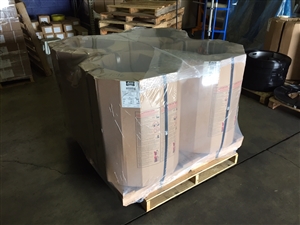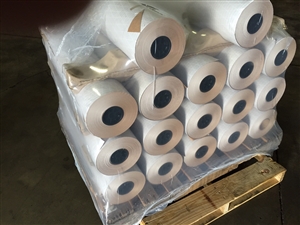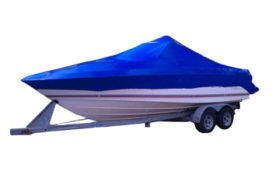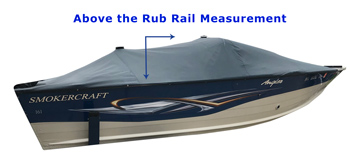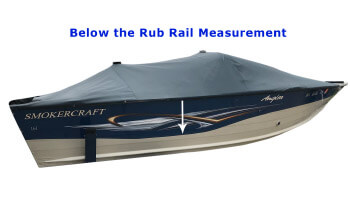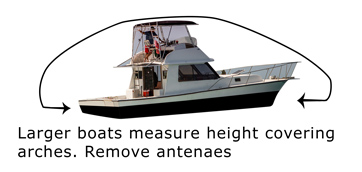Get Back On Track with This Advice for Business Growth
Growing a business can be challenging, but it is important to take the right steps to position your company for success. Below are some of the best next steps you can take when you’re trying to grow your business.
Utilize Data Analytics
One of the best ways to grow your business is to use data analytics. By collecting data and analyzing it, you can gain insights into your customers and what they want. You can also identify areas of your business that need improvement. Use this information to make informed decisions that will help your business grow.
Consider updating your marketing strategy to take advantage of digital platforms and social media. You can also incorporate video marketing, influencer marketing or other innovative marketing tactics to attract potential customers.
Plan to Expand Internationally
Expanding a business globally can be a daunting task, but it presents an incredible opportunity for growth and expansion. By taking the time to research and plan, businesses can successfully navigate unfamiliar waters and reap significant rewards.
One way to expand globally is by exploring new markets overseas, which can be an excellent way to reach new customers and diversify revenue streams. Additionally, partnering with foreign companies can provide valuable insights into local markets and help accelerate business growth. Finally, opening franchises in other countries can be another viable option, as it allows businesses to leverage existing infrastructure and resources.
However, it’s essential to perform due diligence and engage in strategic planning to ensure that expansion efforts are successful and sustainable. Factors such as language barriers, cultural differences, and regulatory requirements must be considered carefully to mitigate potential risks and maximize opportunities.
Adopt Intelligent Automation
In today’s digital age, businesses are rapidly adopting intelligent automation to streamline their operations, become more efficient, and ultimately increase their bottom line. Intelligent automation refers to the use of artificial intelligence, machine learning, and other advanced technologies to automate manual, repetitive, and time-consuming business processes.
By adopting intelligent automation, companies can not only improve their productivity but also free up their employees to focus on more strategic tasks. You may consider this option and how it can positively impact business processes.
Go to Networking Events
Networking events are a great way to meet new people and expand your business. Attend networking events regularly, and take advantage of the opportunities to meet new potential customers and business partners. With the right approach and mindset, you can create meaningful connections that will help your business grow.
Keep Digitized Business Documents
Digitizing business documents when expanding provides more control and accessibility, reduces time spent on physical document management, and improves collaboration and productivity. You can save your documents as PDFs and select a PDF editor to make changes or add notes.
Change Your Business Structure to an LLC
Turning your business into a limited liability company (LLC) can offer several advantages. It provides you with legal protection and separates your personal assets from your business assets. This can reduce your personal liability if your business is sued. It can also make it easier to obtain financing and attract potential investors.
Expand the Number of Products or Services You Offer
Offering a variety of products or services can help your business grow. This can provide additional revenue streams and help you attract new customers. Consider expanding your product or service lineup to meet the needs of your customers and stand out from your competitors.
Update Your Marketing
Marketing is a crucial aspect of growing your business. To effectively market your business, you need to know your target audience and how to reach them.
Growing a business is an ongoing process that requires careful planning, hard work and the willingness to take risks. By incorporating these next steps, you can take your business to the next level and achieve greater success. Utilize data analytics, network, turn your business into an LLC, diversify products or services, and update your marketing strategies. Also, plan to expand internationally and consider adopting intelligent automation to automate business processes. With patience and perseverance, your business can achieve its full potential.
Shop Complete Packaging Products for high-quality wholesale strapping and packaging supplies.
